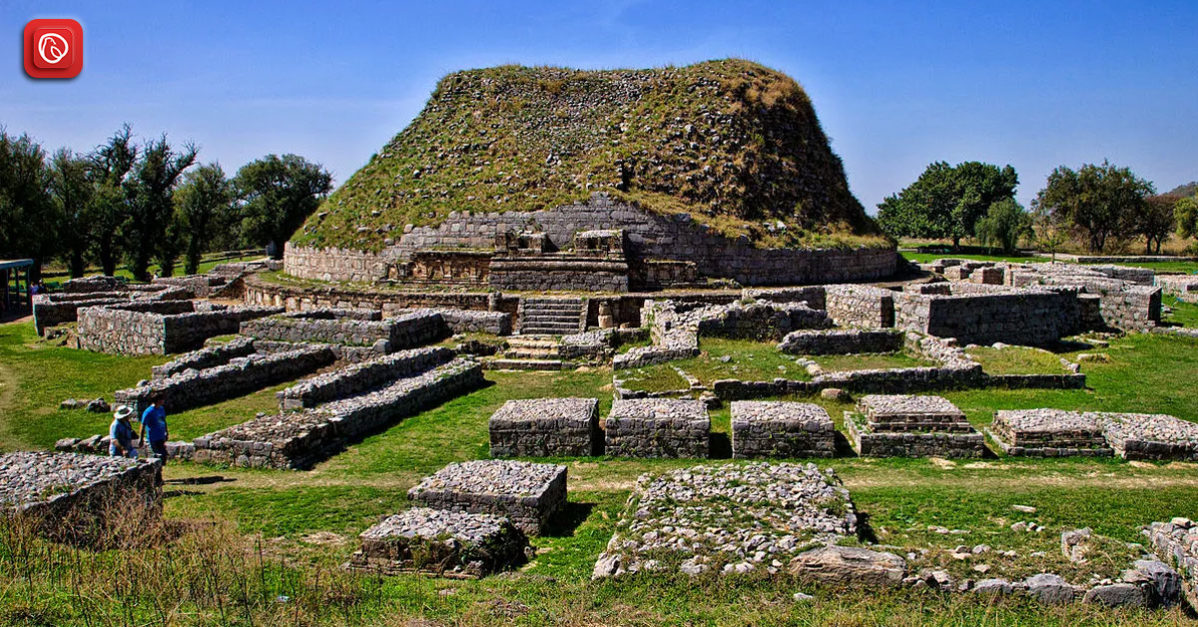
Source: Graana.com
The majority of people have a strong desire to see only the most stunning locations on earth, but other people are also concerned about seeing historical sites. Some people, on the other hand, are prepared to travel alone to remote or secret locations across the globe. Among them is the city of Pindi Gheb.
Graana.com has prepared a trip guide to Pindi Gheb as you scroll down. Pindi Gheb is also from an old era. Despite being a warm and inviting city, this place is rarely visited by visitors. Taking winding roads to get from one area to another seems far more natural than going on an actual journey. There are also a few undiscovered locations here.
Dating back to the 18th century, Pindi Gheb was once known as the State of Pindi Gheb, encompassing vast swathes of land. Stretching across expansive areas, its boundaries included prominent landmarks such as the Kala Chitta Mountain, Mouza Bahtar, and Fateh Jhang. To the east lay District Chountra, while to the southeast, territories like Chawal, Kalar Kahar, and Balkasar were also part of this sprawling state. Towards the south, the Soan Valley and Talagang were integral components of its domain.
Throughout its rich history, this place has witnessed the ebb and flow of civilisations, each leaving its mark on the land and shaping its cultural heritage. From ancient times to the present day, Pindi Gheb continues to stand as a testament to the resilience and spirit of its people, embodying the enduring legacy of its storied past.
Pindi Gheb is situated along the banks of the River Sil in District Attock. Its unique landscape is characterised by ovary-shaped hills that envelop the city, giving it the appearance of a vessel. Shielded by the Indus River to the northwest, the highest point in the area is the Kala Chitta Range. The terrain of Pindi Gheb is predominantly sandy and rocky, with pockets of fertile land interspersed throughout. The city boasts a picturesque view, with Makhand located to its west. Additionally, the western route of the China-Pakistan Economic Corridor traverses through this place, further highlighting its strategic importance.
The people here greet guests with grace and exhibit incredibly naïve behaviour. The people of Punjabi Gheb lead tranquil lives. They always greet you with a smile when you visit them. Their kind demeanour suggests that they have known you for a very long time. You will notice that most people at this city are chatting about their own cultures, the surrounding area, and their ancestors when you arrive.
The most admirable qualities that people possess are their willingness to support one another, no matter what sect or religion. When strangers observe the kind demeanour, serene lifestyles, and uncomplicated ways of the locals, they are astonished to discover their deep affection for them. The majority of the city’s residents are from the Malik and Awan Castes. Some people are employed abroad as tool pushers, assistant drillers, and drillers in the oil industry. These folks like building large homes with the most exquisite craftsmanship.
There are no other choices available besides driving to Pindi Gheb. Compared to other Pakistani cities, this city is not as well-known at this time. It would be ideal for you to visit this place, nevertheless, if your family members work nearby or reside in this city.
You need two hours to drive the 112 kilometres that are covered. This route is served by a variety of bus and taxi services. The most well-known is “Kainat Travellers,” a Rawalpindi location.
The distance by car between Attock and Pindi Gheb is 86 km. Even though the route is not as smooth as the motorway, the trip will make you happier.
When driving 64 kilometres by road, it will take you one hour and roughly thirty minutes.
the air quality is generally still fair. Sensitive travellers may report experiencing allergy issues. Whereas, the weather turns more sunny in June and July.
Following are the most common questions and their answers for this place.
It holds the distinction of being the most illustrious Tehsil of District Attock, known for its unique landscape and historical significance.
This place is defined by ovary-shaped hills that envelop the city, giving it a distinctive appearance. The area is mostly sandy and rocky, with fertile patches interspersed throughout.
The Kala Chitta Range stands as the highest point in Pindi Gheb, offering panoramic views of the surrounding landscape.
This place is protected by the Indus River, which acts as a natural barrier to the northwest, contributing to the city’s strategic positioning.
It boasts a picturesque landscape, with its ovary-shaped hills and fertile valleys offering a sculptural view that captivates visitors.
Makhand is a significant location situated to the west of Pindi Gheb, adding to the city’s charm and cultural heritage.
The western route of the China-Pakistan Economic Corridor passes through Pindi Gheb, highlighting its strategic importance in regional connectivity and development.
It is characterised by a blend of urban and rural settings, offering a unique mix of cultural heritage and modern amenities.
It has a rich historical heritage, dating back to the 18th century when it was known as the State of Pindi Gheb, encompassing vast territories in the region.
For more related information, visit Graana Blog.
ISLAMABAD: Capital Development Authority (CDA) is currently undertaking a major Rs652 million project to upgrade…
Karachi – Mayor Barrister Murtaza Wahab has announced the launch of a citywide anti-encroachment operation…
ISLAMABAD: CDA Chairman Muhammad Ali Randhawa has directed the immediate restoration of 23 non-functional water…
ISLAMABAD: In a major relief for the real estate sector, the federal government has decided…
DHA Islamabad-Rawalpindi (DHAI-R), one of the most trusted names in Pakistan’s real estate landscape, is…
ISLAMABAD: Chairman Capital Development Authority (CDA), Muhammad Ali Randhawa, chaired a comprehensive review meeting on…